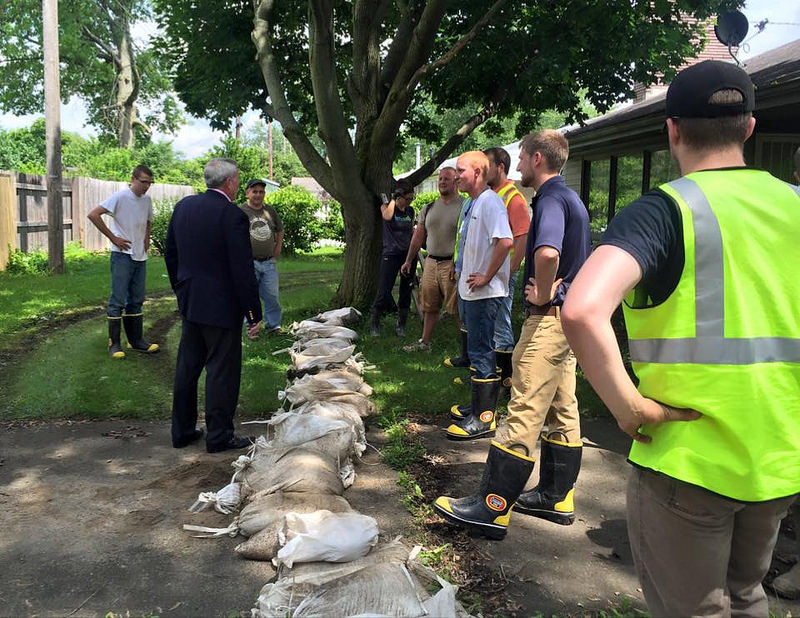Think through the possible scenariosIt's one thing to say you're going to prepare for a crisis, but quite another to take the additional steps of assessing what possible crises you might face in the future. In other words, there is no one specific crisis that may occur. So, one of the first steps in crisis planning is an accurate assessment of what might go wrong that could trigger the need to communicate with the public, employees and/or stakeholders. Think it through and you'll likely come up with several possible scenarios. Planning for what may go wrong can help you communicate more For example, if you make a product, you could deal with a product defect some day. If you have a facility with a lot of employees, you might face workplace violence. Accidents or natural disasters can strike anyone at virtually any time. Fires, flooding and power outages are just a few examples.
For each possible scenario, consider how operations would be affected, how you would respond and how your communications plan could be affected. For one crisis, you can expect the media to show up at your facility while for another, a press release will suffice. Keep in mind that not every crisis results in a full blown public news story. Some events are more newsworthy than others. But, planning for what may go wrong can help you communicate more quickly and more effectively when the crisis strikes. Mack Communications | Twitter: @mack_comm
0 Comments
Leave a Reply. |
tags
All
Archives
March 2019
|
Photos from Meet the Media Guru, Joseph.Morris, BoldContent, MDGovpics, Grzegorz Łobiński, Mr Moss, North Charleston, ITU Pictures, wistechcolleges, .v1ctor Casale., www.audio-luci-store.it, katielips, editor64, NeighborLink Fort Wayne, AMagill, timsackton, MyFWCmedia, Matt J Newman, Mr.TinDC, Skley, mikecogh, othompsonski, wayne's eye view, Elvert Barnes, woodleywonderworks, North Charleston, MoBikeFed, flossyflotsam, North Charleston, NYCDOT, US Mission Geneva, jjandames, aalborgstift, BurnAway, A. Germain, North Charleston, NCDOTcommunications, IAEA Imagebank, The Chapman Cultural Center, hitsnooze, Wiertz Sébastien, charliekwalker, cliff1066™, TheeErin, woodleywonderworks, dane brian, Aramil Liadon, 2010 World Wheelchair Basketball Championships, Ty Nigh, freddthompson, Nadia Szopinska, west.m, stormwarning., Bright Meadow, Giorgio Montersino, Chris Erwin, Aplomb, jfingas, joce01_y, Massachusetts Dept. of Environmental Protection, Kevin Walter, Andrew Feinberg, Yan Arief, kellypretzer, Korean Resource Center 민족학교, veDro - l'Italia al futuro, crdotx, US Mission Geneva, Joe Shlabotnik, esocialmediashop, Stephen Cummings, CarbonNYC, sidewalk flying, MoBikeFed, marksdk, Marco Raaphorst, Saleel Velankar, adactio, edkohler, World Economic Forum, USACE Europe District, stereogab, Florin Rosoga, MikeSchinkel


